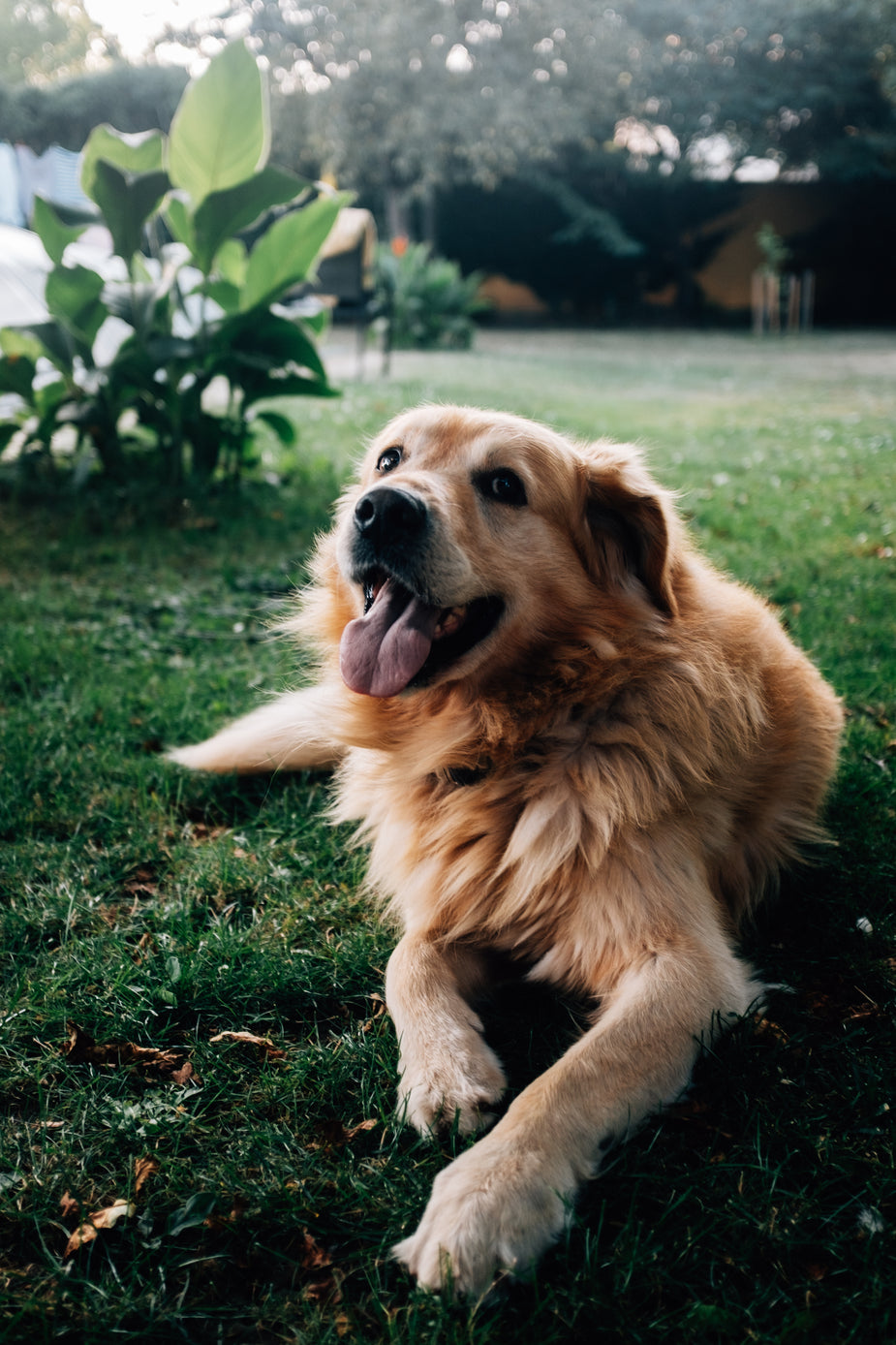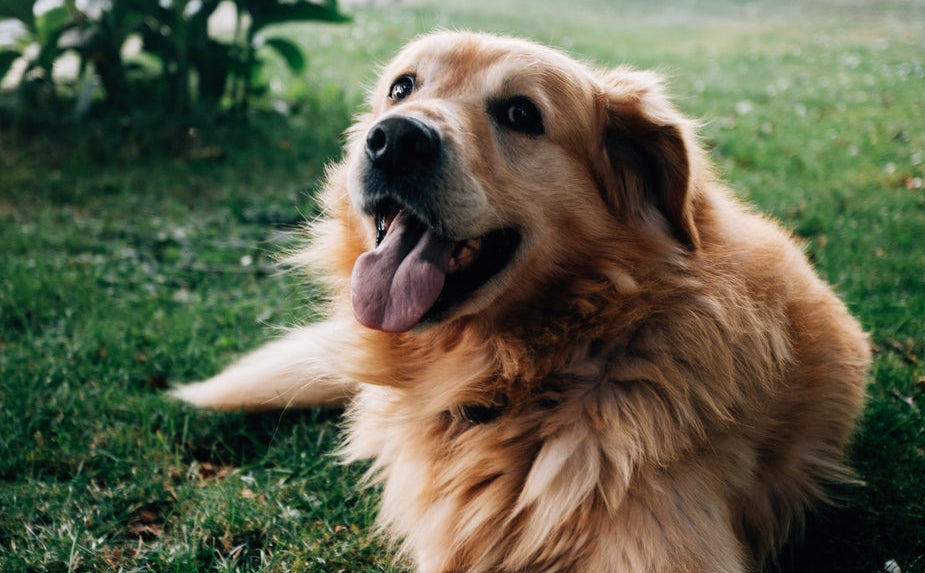Your cart is empty
Already have an account? Log in to check out faster.
Already have an account? Log in to check out faster.
It is often said that people live 7 times as long as dogs so each year of a dog's life would be equal to 7 years of a human's life. This is inaccurate.
Some dogs will live much longer and age more slowly than others. During a calendar year (365 days) one dog could age the equivalent of 10 human years and another dog could only age the equivalent of 5 human years.
When asking how long a dog is expected to live, one should keep in mind the difference between total years and total healthy years. Some dogs will be healthy and active almost all their lives, while others may suffer from diseases that will dramatically shorten their healthy, active and productive years.
Although one cannot predict the health of a dog, one can increase the probability of better health and longer life through careful choices and proper care. Please consult your Vet for detailed information on the following subjects.
The breed of a dog is a strong indicator of its life expectancy. Generally, large breeds generally have a shorter lifespan than small breeds. On average, small dogs have a life span 1.5 times that of a large dog. The longest-lived breeds have an average lifespan which is double that of the shortest-lived breeds.
However, even within the same weight category, some breeds live longer than others. For example, a Doberman pinscher can easily reach 15 to 20 years of age despite the fact that it is a large dog (about 35 kg. or 77 pounds) whereas the smaller Boxer is shorter-lived and often does not reach 10 years of age.
Most breeds (especially the smaller breeds) have a relatively short childhood compared to people. A small dog with an expected lifespan of 15 years would be mature (sexually and physically) within 1 year. A man with an expected lifespan of 75 years (the current approximate male life expectancy in developed countries) would reach the equivalent maturity at the age of 15. Thus the dog reaches maturity in 1/15th of its lifespan whereas the person matures in 1/5th (15 years / 75 years) of his lifespan. The early development of a larger breed dog will be different.
For this reason, an accurate mapping of dog years to human years needs to take other factors into consideration. The Size and Aging Table considers the different development life stages reached (on average) for different dog sizes.
Some breeds are generally healthy while others are known to be prone to certain diseases (e.g. hip dysplasia, brain tumors, and skin allergies). If you have not yet decided on a specific breed, you may wish to discuss with your vet the various breeds you are considering. Mixed breeds tend to be healthier (due to greater genetic diversity) than pure-breeds.
Each breed has been developed with a specific purpose in mind, be it sheep herding or family pet. You should keep this in mind when choosing your dog. In general, 'working dogs' need lots of space and exercise; if not, they will suffer mentally and physically. On the other hand, a 'house dog' used as a working or outside dog may suffer disease (e.g. arthritis from coldness and humidity) and early death if subjected to severe outside conditions.
Dogs are no different than humans. On average females live longer than males. Females generally live one to two years longer (depending on the breed).
Neutered dogs tend to live longer. Neutering reduces the risk of sex hormone related cancers. Current research indicates that the earlier the neutering is done the lower the cancer risk.
Just as some people are born with a strong constitution, so are some dogs. Thus, while one can talk about the expected lifespan of a dog based on the above factors, every dog is different.
Unscrupulous breeders (in particular 'puppy farms') will breed dogs without due consideration of their health. Respectable breeders will have their dogs professionally examined for inherited and other diseases before breeding them. Thus, purchasing a dog from a respected breeder (your local kennel club can provide a list), while likely be more expensive initially, but will save you a lot of heartache and medical expenses. Some times, due to over-breeding, the most popular breeds may be the least healthy.
Although dogs have different nutritional requirements than people, their health and lifespan will improve through diet with sufficient but not excessive amounts of food. A dog's requirements will depend on its age, breed and lifestyle (e.g. very active dogs need a higher proportion of carbohydrates than less active dogs).
All dogs require regular exercise (at least several times a week). The type of exercise will to some extent depend on the breed and the individual dog. Working breeds (e.g. dogs bred for herding) will require much more physical exercise, for their physical health and their mental health.
It is possible to over-exercise a dog (particularly a very young or elderly dog or if the weather is very hot) but this is rare; most dogs (like most dog owners) could use more exercise rather than less. In addition, physical exercise should also involve a certain amount of mental stimulation. Varying the route of the daily walk, playing with the dog, training it or giving it tasks to perform will help.
Dogs kept outside with inadequate shelter (from cold, wind or rain) or in poor living conditions (e.g. insufficient space, or without clean water) will have a shorter lifespan, and will be prone to early illness. But remember that what is suitable for one dog may not be suitable for another. For example, certain long-haired dogs (such as the Newfoundland) have been bred to easily handle extremely wet and cold conditions.
Dogs should have vaccination against the common canine diseases. In some parts of the world the presence of certain deadly parasites (e.g. heartworm) require that dogs receive preventive medication monthly to protect them from infection. And, like people, dogs require medical treatment for illness or injury, especially as they get older.
Dogs that are properly fed and kept, live longer, on average, than those that are not. Diet, exercise, living conditions, and medical attention are the key to longevity.
This size and aging table will provide you a good guideline on the different development stages and the rates at which they are reached (on average) for the different dog sizes.
| Calendar Years | Under 20 lbs (9 kg) |
20-50 lbs (9-23 kg) |
50-90 lbs (23-41kg) |
Over 90 lbs (over 41 kg) |
| 1 | 15 | 15 | 14 | 12 |
| 2 | 23 | 24 | 22 | 20 |
| 3 | 28 | 29 | 29 | 28 |
| 4 | 32 | 34 | 34 | 35 |
| 5 | 36 | 38 | 40 | 42 |
| 6 | 40 | 42 | 45 | 49 |
| 7 | 44 | 47 | 50 | 56 |
| 8 | 48 | 51 | 55 | 64 |
| 9 | 52 | 56 | 61 | 71 |
| 10 | 56 | 60 | 66 | 78 |
| 11 | 60 | 65 | 72 | 86 |
| 12 | 64 | 69 | 77 | 93 |
| 13 | 68 | 74 | 82 | 101 |
| 14 | 72 | 78 | 88 | 108 |
| 15 | 76 | 83 | 93 | 115 |
| 16 | 80 | 87 | 99 | 123 |
| 17 | 84 | 92 | 104 | |
| 18 | 88 | 96 | 109 | |
| 19 | 92 | 101 | 115 | |
| 20 | 96 | 105 | 120 |
The oldest recorded age for a dog is 27 years.


Be the first to know about new products, pet tips, and exclusive offers!
(we'll never spam you, and you can unsubscribe at any time)